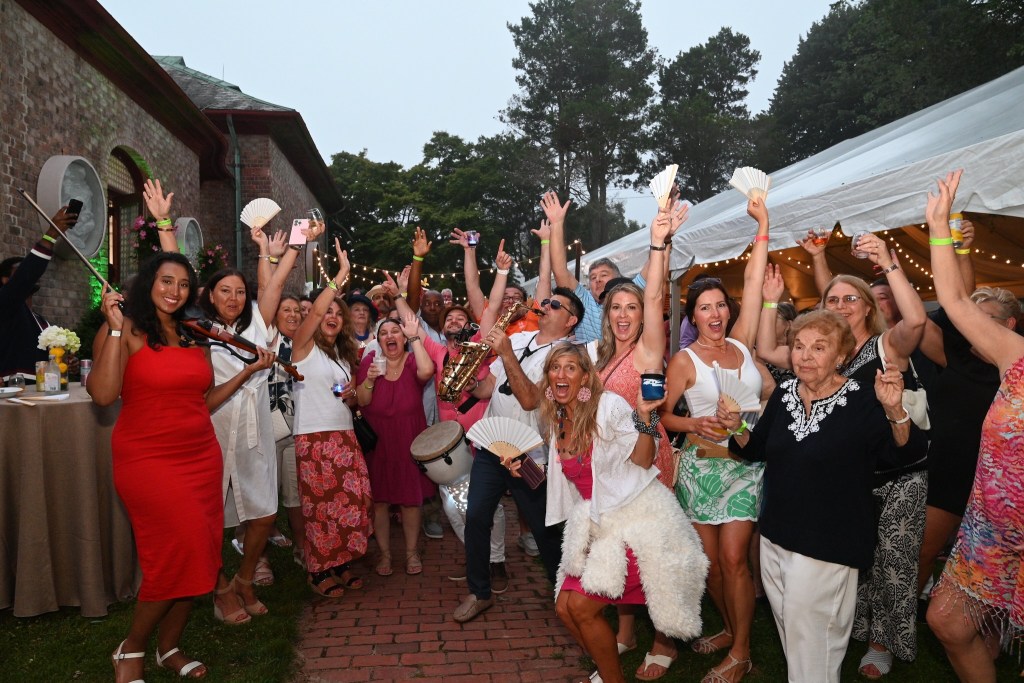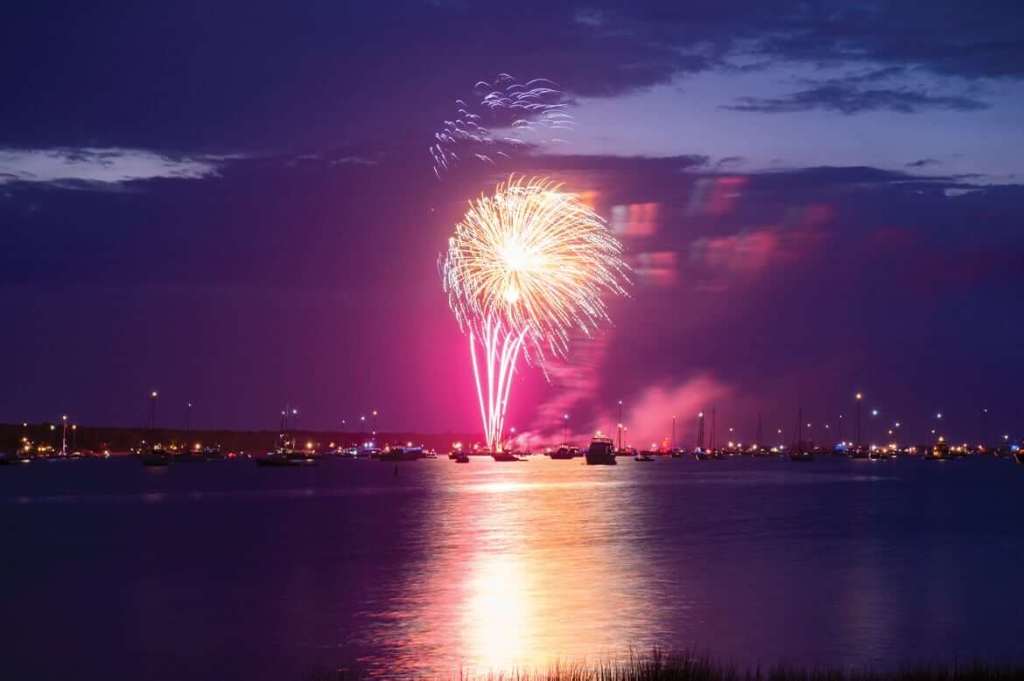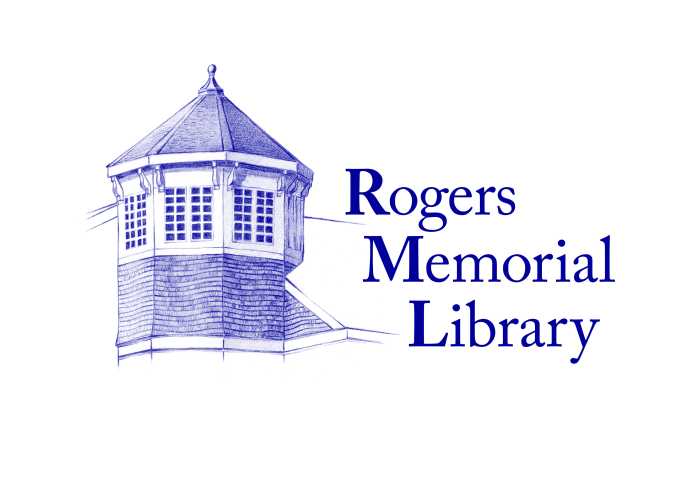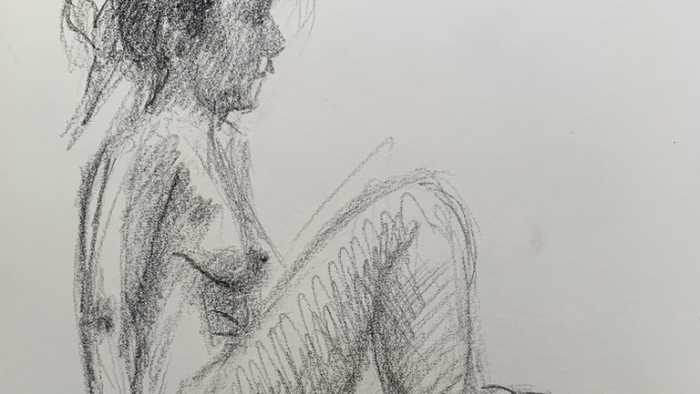Southampton House Tour Looks Inside 5 Local Architectural Treasures
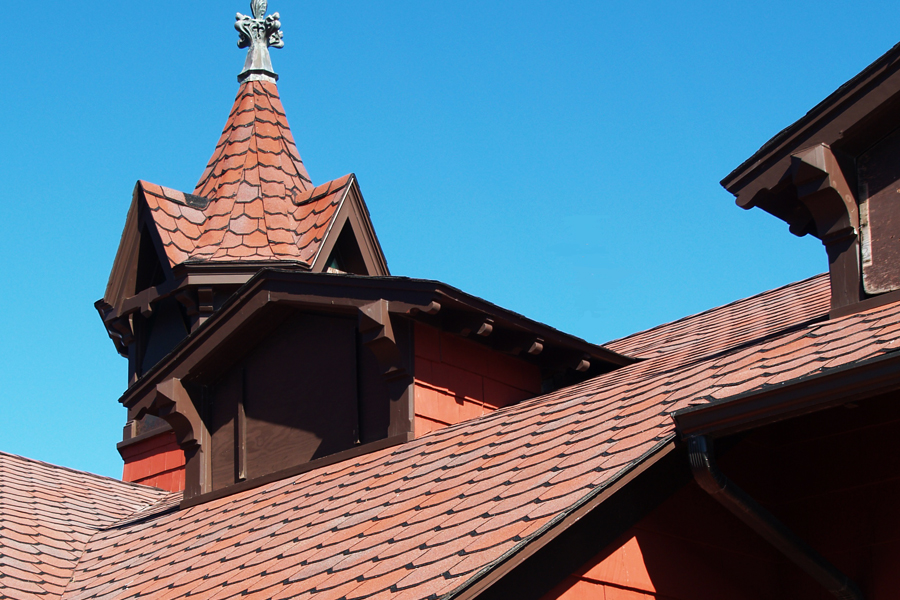
The Southampton Historical Museums and Research Center has selected five extraordinary houses for its 5th Annual Southampton House Tour, an “Insider’s View,” on Saturday, May 31. History buffs and architecture fans will delight in this year’s offerings — the Shinnecock Hills Classic, Ocean Villa, 1708 House, St. Andrew’s Dune Church and the museum’s own famous Thomas Halsey Homestead — each illustrating Southampton’s rich architectural history, from the Colonial era right up to today.
This unique tour includes a look into a 19th century post and beam house, complete with a renovated windmill, built by a Pastor for his two daughters who attended a Southampton art academy, and, perched atop a bluff on one of Southampton’s most picturesque lanes, an immense architectural treasure featuring panoramic ocean views and an in-home theater and spa. Among other highlights is a village classic boasting collections of Americana. The historic Halsey House and highly-visible Dune Church will also be open. Refreshments will be served during the tour at the 1708 House. (Scroll down for ticket info and additional details about each house.)
“Insider’s View” takes place from 1–4:30 p.m. on Saturday May 31st, and is followed by a champagne reception at the Rogers Mansion (17 Meeting House Lane) in Southampton Village from 4:30–6 p.m.
Homes on the tour include:

Shinnecock Hills Classic
The house is perfectly sited atop one of the gentle rises that give Shinnecock Hills its name. Shingled and gracefully sprawling with porches and diamond-paned windows to catch the cross breezes of summer, it is perhaps the quintessential turn-of-the-century summer cottage. To complete the picture, a once-working windmill stands its ground, artfully arranged as a guest house. Inside the house, the spirit remains very close to what architect Katherine Cotheal Budd must have had in mind when she designed it in 1896 for her friends and fellow students of William Merritt Chase’s Shinnecock Summer School of Art, the Howland sisters. In 1995, when the Edelman family bought the house from famed photographer Francesco Scavullo, they so admired the inviting interior with its muted colors and mixture of antiques and comfortable sofas and chairs, that they struck a deal with Mr. Scavullo who left everything as part of the package. In the years since, the Edelmans have done major work where it was required and put their own stamp on the décor — all of which has only added to the charm of this house full of history.

Ocean Villa
For sheer magnificence this estate, perched on nine acres between the Atlantic Ocean and Shinnecock Bay, is unrivaled. With spectacular water views, its evocative shingle-style architecture and 17,000-square-foot interior, it is in the great tradition of Southampton’s most splendid “Summer Colony” mansions. First built in 1988 and twice renovated since then, it includes a great room, three sitting rooms, dining room, eat-in kitchen, a master suite, eight guest rooms, two staff rooms and an attached guest cottage. Specialty spaces include a billiard room, home theater, game room, art room, yoga studio and gymnasium. The house is furnished with an eclectic collection of mid-century and contemporary Italian, Scandinavian and American furniture and art, and the rooms boast several dazzling pieces, including a monumental Barovier & Toso chandelier, a sideboard and coffee table by sculptor Michael Coffey, and a large bronze table designed specifically for the dining room. The grounds feature a tennis court, playground, pool with spa and a sprawling sun deck suitable for grand entertaining.

The Thomas Halsey Homestead
Southampton Village’s oldest house, built c. 1660 on land that belonged to original Southampton settler Thomas Halsey, it is a property of the Southampton Historical Museum and is open seasonally. Today, the Halsey House provides an authentic setting to exhibit furnishings and tools likely to be used by a prosperous farming family during America’s Colonial Period. In addition, an exhibit titled We’re Still Here: The Evolution of the Shinnecock Nation, Past and Present has a hands-on display of a Shinnecock Indian Village during the Woodland Period, about 1000CE. Behind the house is a Colonial-style herb garden.
1708 House
If walls could talk, no structure in Southampton would have a more fascinating tale to tell than the 1708 House — this historic structure is currently a boutique hotel in the heart of the village. What stands today was built in 1708, but the existing basement was built 60 years before that date, as part of Jonas Bower’s home, and today it serves as the hotel’s wine cellar. In 1698, Isaac Bower built a bigger house over the original. The 1708 House’s present owners speculate that conspiratorial patriots might well have gathered in the ancient cellar to exchange information on the activities of the hated British occupying forces during the Revolutionary War—though little has been provided to back up these assertions. The prominent Huntting family of local whaling fame took possession of the house in 1799, after which the Foster family became the owners. In 1993, the present owners undertook a painstaking restoration that has preserved one of the village’s most treasured landmarks. Refreshments will be served at 1708 House from 1–4:30 p.m. along with tours of the house.

St. Andrew’s Dune Church
This well-known church is located at the foot of Lake Agawam and is one of Southampton’s most picturesque landmarks, easily seen from Gin and Cryder beaches. Originally built as a life-saving station, it was acquired by Dr. T. Gaillard Thomas and donated as a church in 1879. A local carpenter was hired to create its beautiful rustic interior, which is filled with treasures, not the least of which are its 11 Tiffany widows. The church has come under assault from raging seas on several occasions, including in 1938 when it was nearly destroyed by that year’s terrible hurricane. It was lovingly restored and has twice been moved back from the sea. Though it is non-denominational, St. Andrew’s summer services are organized under the direction of Southampton’s Episcopal Church.
Purchase tickets ($95 advance or $110 day of tour) at the Rogers Mansion’s Museum Shop or call 631-283-2494 or visit southamptonhistoricalmuseum.org. Participants can pick up tickets on Tuesday, May 27–Friday, May 30 at the Rogers Mansion. On the day of the tour, tickets can be picked up or purchased starting at 10:30 a.m. at The Thomas Halsey Homestead (249 South Main Street) in Southampton. Proceeds from this event benefit the education programs of the Southampton Historical Museum and Research Center.
